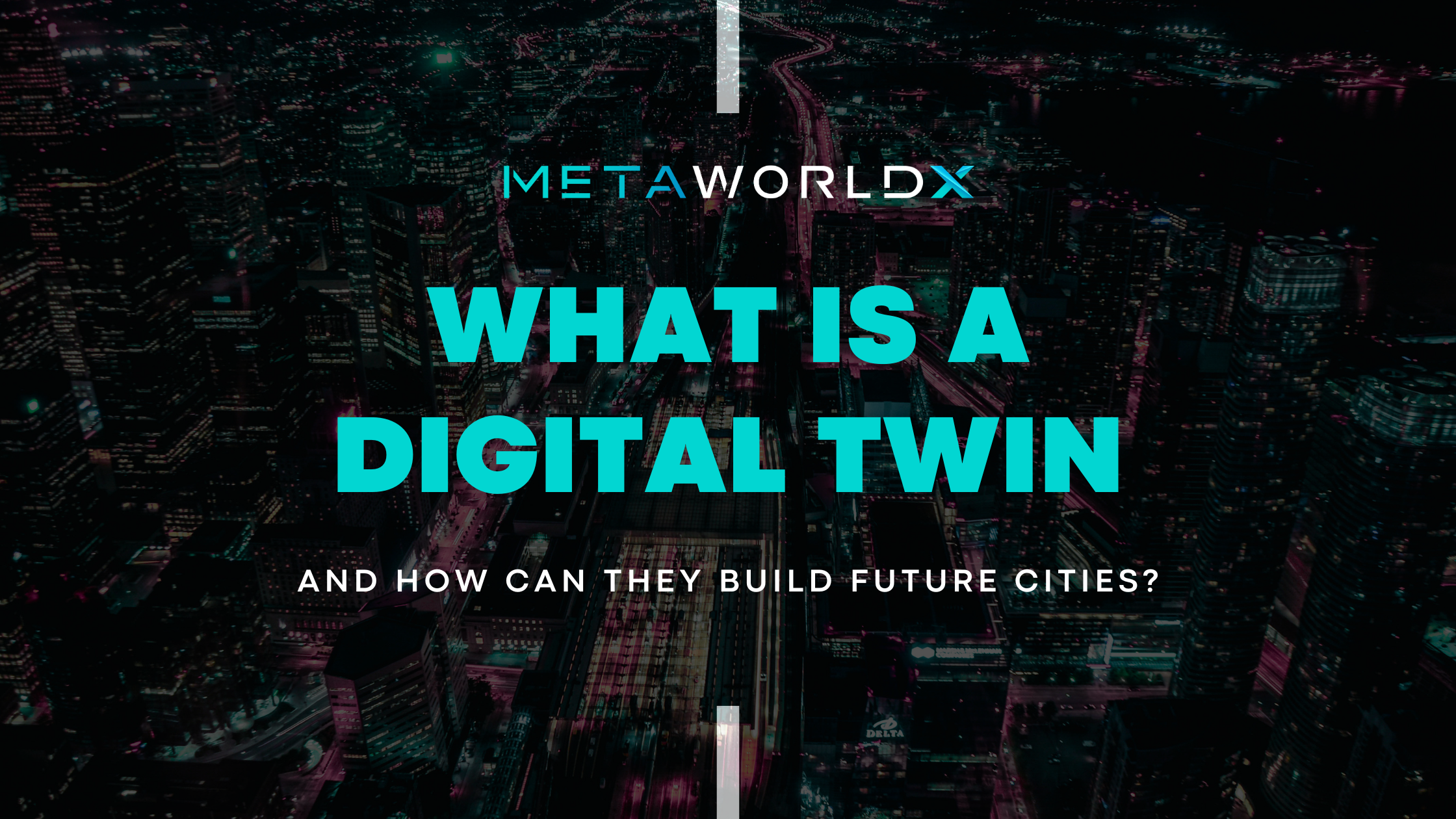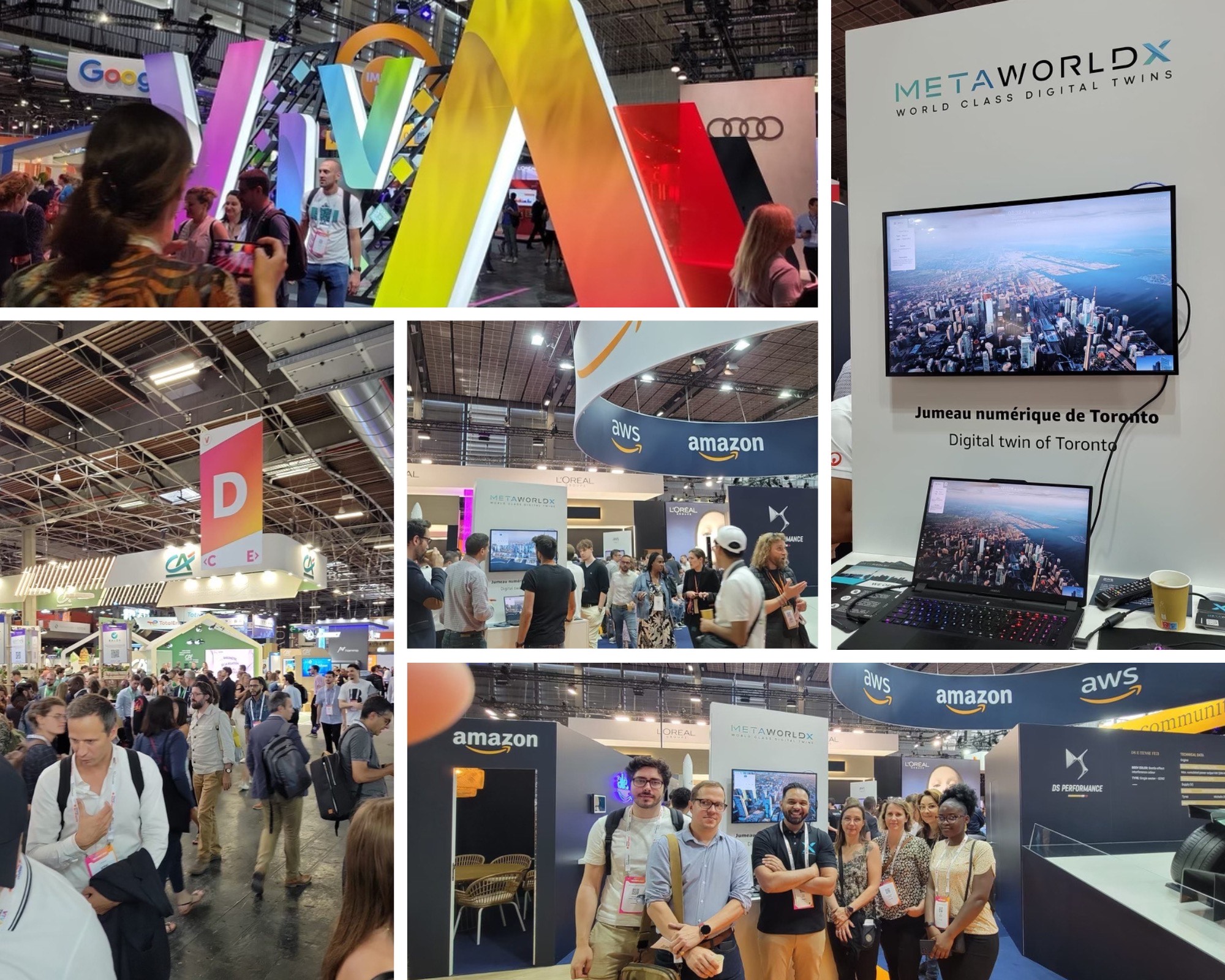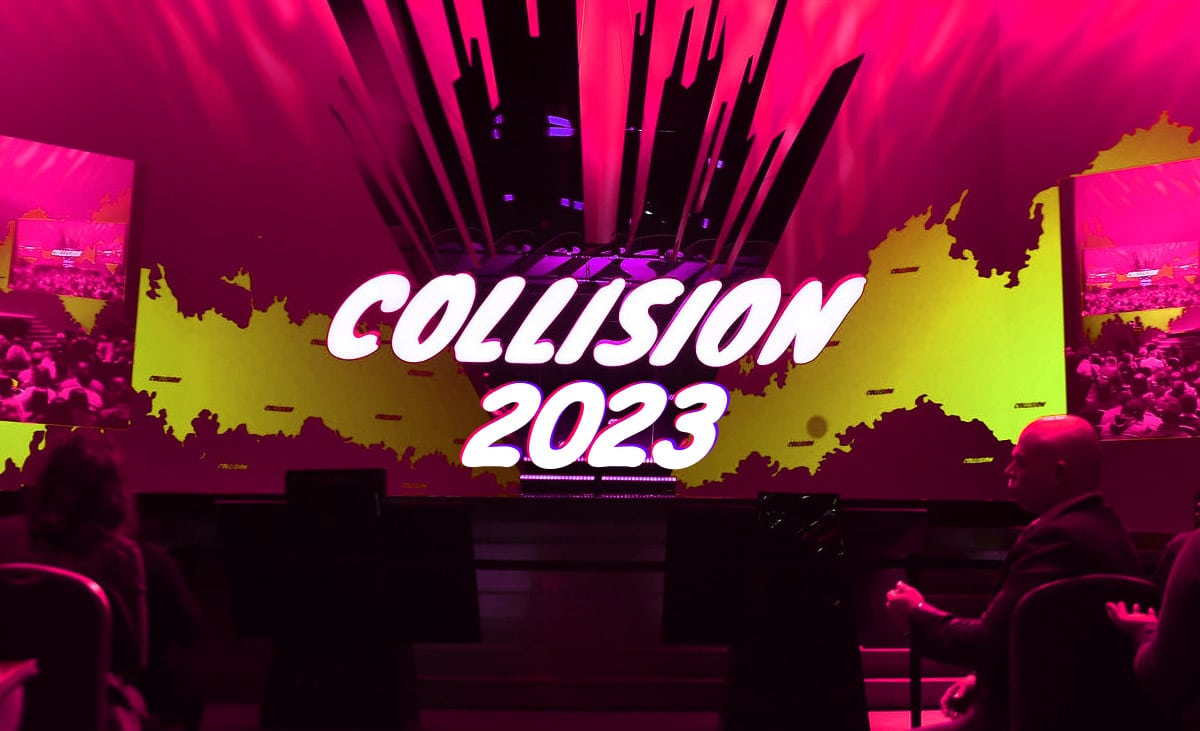Imagine you have a toy car and a digital version of that car on your computer. The digital version looks and behaves exactly like a real car. It can move, accelerate, and even crash like a physical car. The digital version is called a “digital twin.”
In the real world, digital twins are used to represent physical objects, systems, or processes. They are virtual replicas that capture data from the real world and simulate their behavior in real time. This allows us to understand, monitor, and predict how these objects or systems will perform.
Singapore developed a virtual replica of the entire city called Virtual Singapore. This digital twin integrates various data sources, including geospatial information, building models, transportation networks, and environmental data. It provides a comprehensive and interactive 3D representation of Singapore, allowing city planners, policymakers, and residents to explore and analyze different aspects of the city.
Digital twins play a crucial role in developing and managing smart cities. They enable city planners and decision-makers to better understand, monitor, and optimize various aspects of urban infrastructure and services. Here’s how digital twins are useful for smart cities:
- Planning and Design: By creating virtual replicas of the city, planners can simulate different scenarios and test the impact of changes before implementing them in the real world.
- Infrastructure Management: it provides insights into the performance of these systems, identifies potential issues, and enables predictive maintenance to prevent failures.
- Traffic Management: By analyzing data from cameras, traffic signals, and vehicles, the digital twin can identify congestion points, optimize signal timings, and suggest alternative routes to improve traffic efficiency and reduce travel times.
- Energy Efficiency: Digital twins can analyze energy usage patterns, simulate the impact of energy-saving measures, and identify opportunities for improvement.
- Emergency Response: they can simulate the spread of hazards, predict their impact on critical infrastructure, and aid in evacuation planning. Real-time data integration helps responders make informed decisions quickly.
- Citizen Engagement: Digital twins can also enhance citizen engagement and participation. By visualizing urban data in an accessible and interactive manner, they enable residents to understand and provide feedback on proposed changes, public services, and urban development projects. This promotes transparency, inclusivity, and collaboration between city authorities and the community.
From urban planning and infrastructure management to traffic optimization, energy efficiency, emergency response, and citizen engagement, digital twins offer a versatile toolkit for developing smart cities. As cities continue to evolve and face complex challenges, the adoption of digital twins can pave the way for more sustainable, efficient, and livable urban environments.


